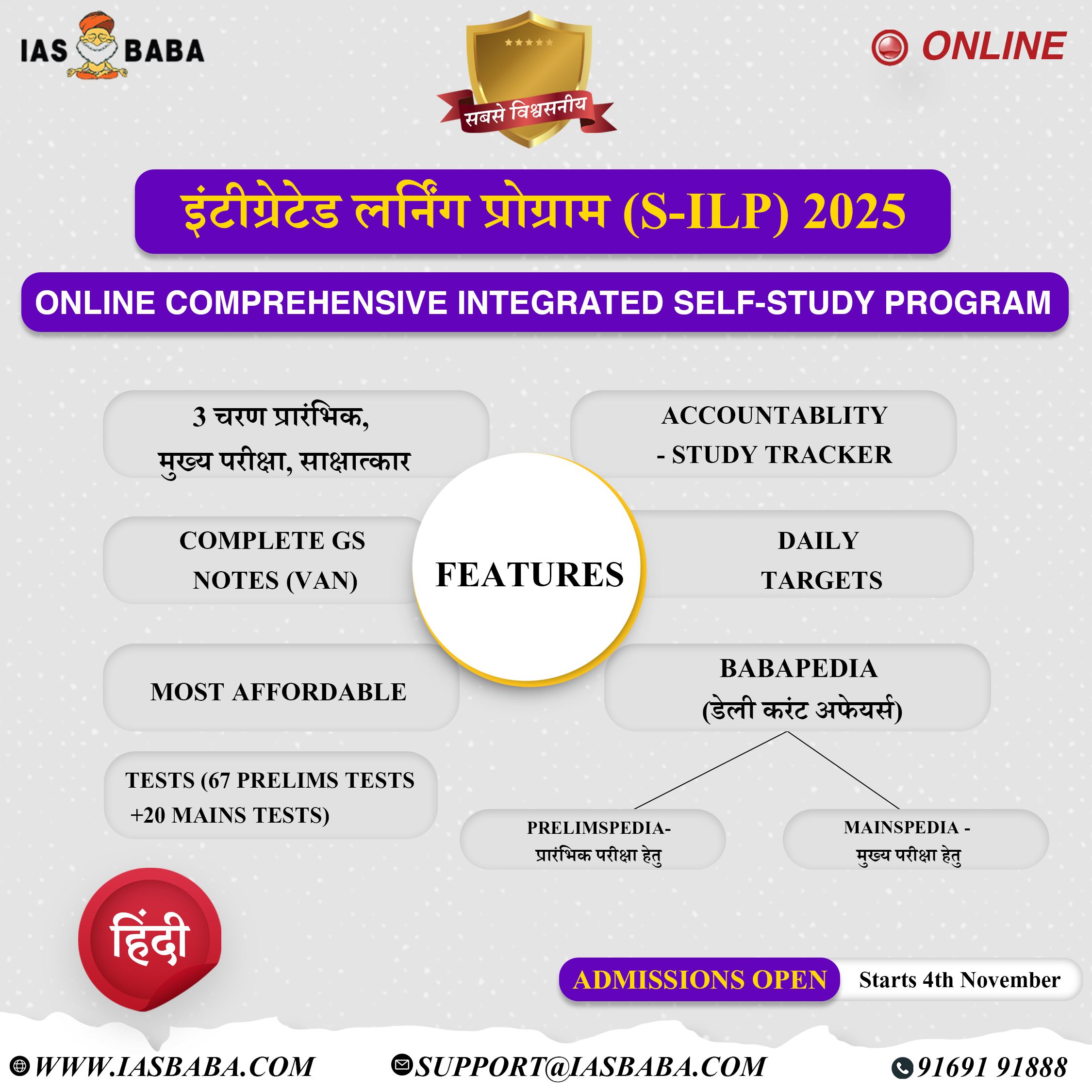UPSC Articles
HEALTH/ENVIRONMENT
Topic: General Studies 2 & 3:
- Issues relating to development and management of Social Sector/Services relating to Health, Education, Human Resources
- Conservation, Environmental Pollution and Degradation, Environmental Impact Assessment.
Ensuring environment sustainability post COVID-19 lockdown
Context:
- As we all know, the lockdown imposed to contain COVID-19 pandemic has caused a negative impact on the livelihood of the people.
- However, it had a positive impact on the environment.
- The air and water quality improved dramatically since major industrial activities were brought to halt and material consumption, water usage and waste production were reduced.
- The pre-Covid-19 growth was based on blind exploitation of natural resources.
- The lockdown has given a rare opportunity to move towards the principles of sustainable development in every human action including public policy making.
In earlier posts, we have discussed about economy & clean air and also coronavirus impact on Environment. Following on the same lines, this editorial focuses on
- Effects of the lockdown
- Ways to maintain the sustainability
Effects of Economic Shutdown on Environment
- Data from the CPCB (Central Pollution Control Board) shows that pollution level in the Ganges water has significantly reduced.
- Its Biochemical Oxygen Demand (BOD) and total coliform concentration has also fallen indicating improved water quality.
- Similar positive developments have been reported for the Yamuna.
- There are several reports that reflect the improved air quality:
- The Delhi/NCR pollution level has significantly reduced.
- Dhauladhar ranges from Jalandhar, Mt. Kanchenjunga from Siliguri and Mt. Everest from parts of Bihar were recently visible.
- Groundwater levels improved with the reduced industrial and commercial activity.
- Municipal solid waste (MSW) generation got reduced remarkably.
Ways to Maintain this Sustainability
Nature-Based Solution (NBS):
- It refers to the sustainable use of nature for tackling socio-environmental challenges, such as climate change, water security, human health, and disaster risk management.
- Example of NBS may include:
- Restoration of mangroves
- Green roofs or walls in cities to moderate the impact of high temperatures.
- Upsloping vegetation to reduce the risks of landslides.
- Creating lesser concrete areas to help replenish groundwater in regions facing water scarcity.
- NBS are an essential component of the overall global effort to achieve the goals of the Paris Agreement on Climate Change.
Bio-composites
- These are structures that have naturally occurring minerals woven together into a matrix of natural fibres, such as cellulose and lignin.
- Their products are being used as environmentally superior alternatives to traditional raw materials such as wood and plastic due to their strength, lower weight and recyclability.
- For example, starch-based clay nanocomposites can be a possible alternative for food packaging.
Effective Waste Management
- Waste segregation across urban India at household-level.
- Generating organic manure and megawatts of bioenergy through cost-effective means by using bio – recycling methods like vermicomposting.
- For the water-heavy industries of pharmaceuticals, paper, food and beverage, adopting best practices in minimising water consumption would progress them towards Zero Liquid Discharge (ZLD).
- Bio-treatment of industrial effluents such as chemicals, detergents and toxic sludge can also be done, but there must be mandatory compliance to keep the rivers clean.
Building Natural Infrastructure
- It is defined as a strategically planned and managed network of natural lands that conserves or enhances ecosystem values and provides associated benefits to human populations.
- Establishing interconnected networks of green spaces can be one of the ways of building natural Infrastructure.
- Example: Concept of biosphere reserves. It incorporates core protected areas for nature conservation and buffer zones and transition areas where people live and work in a sustainable way.
Conclusion
For long-term sustenance, bringing behavioural changes like sustainable consumption, mindful wastage is of utmost importance.
Connecting the dots :
- Lockdown and coronavirus will help achieve sustainable development goals earlier than the targeted years. Analyse.
- In what ways has COVID-19 pandemic affected the livelihood of the people and the environment? Examine.











